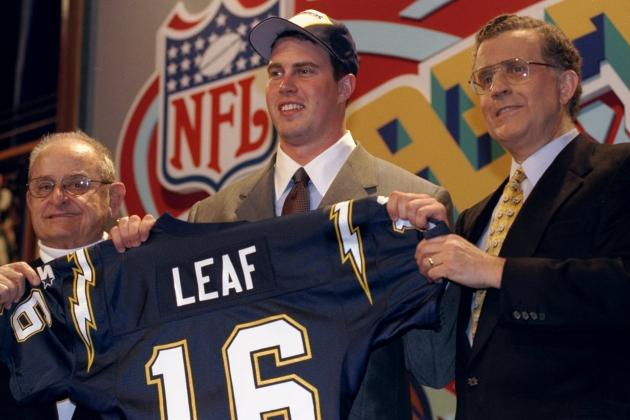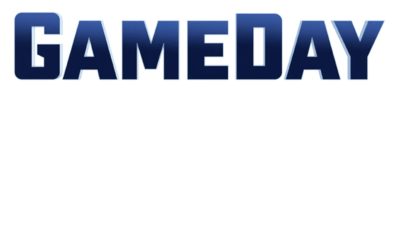
.
.
.
I’m admittedly not a huge draftnik.
Sure, I like to look over the more popular mock drafts. I dig for a little more information on the first rounders, who are presumably the next NFL stars. I even familiarize myself with some of the names beyond that at the more consequential positions, like quarterback and left tackle. I review my team’s draft board, such as they’ll release to the public anyway. Like most fans, I await the draft, if for no other reason than to interrupt the monotony of the offseason with something other than baseball box scores and the NBA and NHL finals.
I usually try to predict which direction my team will go in the draft with some certainty. I look at obvious positions of need, weighed against who’s possibly available at their draft spot. I examine who’s possibly going to be picked ahead of them based on other teams’ needs. And I generally arrive at a few pretty logical conclusions before draft day.
And then it all gets blown to hell.
As each draft comes and goes, my calculated guesses become more and more faulty, as teams are not drafting as predicted; indeed, they’re often going in unfathomable directions with picks that make little sense to outside observers and those not directly, intimately involved in the selection process.
It’s become obvious that more and more teams are relying on the “best player available” (or BPA, if you prefer) approach, rather than carefully reviewing their needs and drafting to address them. Quarterback-needy teams appear to be an exception, as there’s little doubt that team success is predicated by the most important position on the field, but if a team happens to lose a quarterback selection? All bets are off, as the replacement pick becomes anyone’s guess.
Yes, we’re outside observers who are relying on hearsay and deliberately-leaked information to make our choices. We’re certainly limited in our view of what the decision-makers are actually witnessing. But those of us that follow the game are certainly capable of assessing our team’s needs. Any semi-literate individual can view season-ending rankings and draw conclusions – the team that’s ranked 26th against the run defensively probably need interior defensive line and possibly linebacker help, as a team that ranked 26th in rushing yards probably needs offensive line help, and so on.
The first casualty to this sort of logical reasoning is draft order. If a team has an obvious need but is sure there will be no suitable draftees to fill it, the focus shifts to the next need. And the next, and so on, until ideally, there are no more needs.
Teams with well-stocked rosters can use the BPA approach with abandon, as they clearly would stand to lose little if their most pressing needs aren’t addressed. But make no mistake; even the best teams have needs, often pressing ones. There’s always an area that a roster can improve, and if it takes a first round pick to fill it, so much the better. But again; fewer teams are drafting for need, regardless of the overall quality of their roster.
And then there are the teams that draft using the BPA approach exclusively, which is maddening for their fans (being a Ravens fan, I know this well, as I often down several glasses of single malt on draft day). There is evidence that drafting the best player possible can pan out in the long run; after all, these players, while sometimes causing a logjam at one position or another, more than likely create an advantage for the team that drafts them. Depth at any given position is never a bad thing, but it certainly borders on it if it comes at the expense of an obvious weakness.
Who knows what revolves in the minds of the league’s scouts, general managers, presidents, vice presidents, coaches, and owners? The reasoning behind their decision-making is pretty damned baffling at times to those in their employ, let alone those of us who pay to see the results.
So I’m giving up. I’m not going to bother making any predictions this year. I’m reasonably confident that regardless of my opinion, the draft will proceed as the team decision-makers will it, and that I’ll just have to accept their decisions.
Better buy some extra single malt.


























Facebook
Twitter
RSS